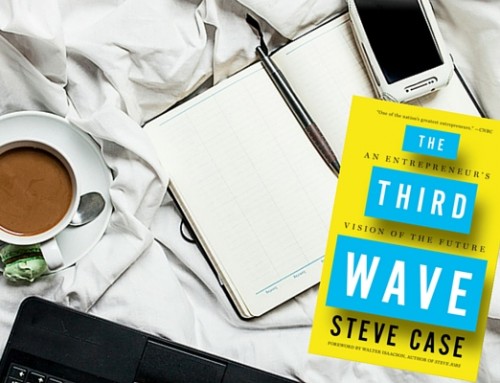Forget “I think, therefore I am.” For entrepreneurs, the operative phrase is, “I pitch, therefore I am.” Pitching isn’t only for raising money—it’s for reaching agreement, and agreement can yield many good outcomes including sales, partnerships, and new hires. Here are the key elements of a great pitch.
- Prepare. Before you get to the meeting, study the bios and social-media accounts of everyone who will be in the room. Then bring your own projector. Bring two laptops loaded up with your presentation. Bring two VGA adapters. Bring a copy of your presentation on a USB drive. Bring printouts of your presentation in case nothing works.
- Set the stage. When the meeting starts, you should set the stage for the rest of the pitch. The thing to ask is, “How much of your time do I have?” Then ask, “What are the three most important pieces of information that I can provide?” Finally, ask, “May I quickly go through my presentation and handle questions at the end?”.
- Catapult the start. Entrepreneurs believe that a pitch is a narrative whose opening chapter must always be autobiographical. These personal tales are supposed to convince the audience that this is a great team. Meanwhile, everyone is wondering, What does this startup do? To use an aviation analogy, the presentation feels like a 747 rumbling along for two miles. Instead, you should emulate an F18 catapulting off a 300-foot aircraft carrier deck.
- Observe the 10-20-30 rule. The 10/20/30 Rule of Presentations is that you should use ten slides in twenty minutes with a minimum of thirty-point text. Ten slides force you to concentrate on the absolute essentials. Twenty minutes is because meetings often start late and people with Windows machines need forty minutes to make the projector work. A thirty-point font makes you explain your pitch, not read it in a boring manner.
- Let one person do the talking. Many entrepreneurs believe that investors invest in teams, so they should demonstrate teamwork in their pitches. Using this line of reasoning, four or five employees attend the pitch, and each has a speaking role. The logic that everyone should have a speaking role is terrific for a school play. A pitch, however, is not a school play.
- Answer the little man. Imagine there was a little man sitting on his shoulder. During presentations every time Bill said something, the little man would whisper, “So what?” You should imagine this little man on your shoulder and listen to him because the significance of what you’re saying is not always self-evident, much less awe-inspiring. Every time you make a statement, imagine the little man asks his question.
- Pitch constantly. Familiarity breeds content. When you are totally familiar and comfortable with your pitch you’ll be able to give it most effectively. There are no shortcuts to achieving familiarity—you have to pitch a lot of times.
- Shut up, take notes, and regurgitate. The visible act of taking notes means I think you’re smart. You’re saying something worth writing down. I’m willing and anxious to learn. I’m conscientious. Taking notes provides these benefits, plus the value of the information that you’re recording. At the end of the meeting, summarize what you heard and play it back in order to make sure you got the correct information. Then follow through, within a day, on all the promises that you made during the pitch—for example, providing additional information.
- Rewrite. after five or so pitches you throw away your pitch and start with a clean slate. Let this “version 2.0” reflect the gestalt of what you’ve learned instead of being a patchwork quilt
This post is a tiny part of Guy Kawasaki’s latest book, The Art of the Start 2.0. Read it and reap…



Great advice !! I’m doing presentation tomorrow and I’m following your 10/20/30 rule and my little woman on my shoulder is ready to set me straight!
You’re always so inspiring .
Thank you !
Junny
This guidance has enabled me pi.tch twice in two events, thanks Guy for the great assistance
Yes! I agree with Guy 100%. Even at a young age after graduation and even before the computerization age, i always make it a point to write my communications in one sheet of paper and if it necessarily requires 2 pages, i reduce the size of the font so it fits the single paper. People has become so busy this time, that to read a lengthy letter is already a waste of his time. So Thanks Guy for sharing all these to many. Congratulations!
Guy, It has been awhile since I spent time with you on presentations when in London. This podcast is fabulous, succinct, practical and really helpful. I love your Remarkable People podcasts and this is one of the best. Thank you for sharing your wisdom!